HTC One max vs Samsung Galaxy Note 3
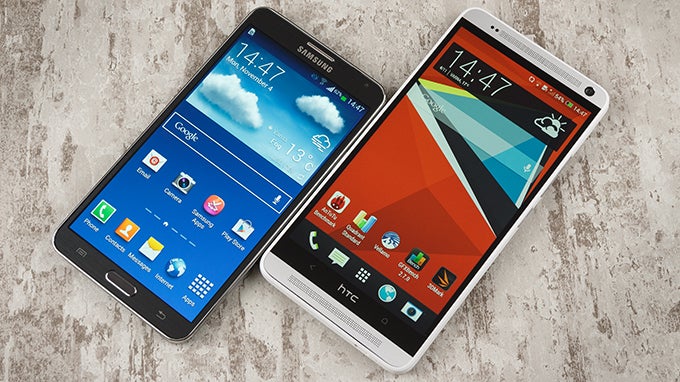
Introduction
Giant phones that we now call phablets did not even exist just three years ago. Then, the advent of the original Samsung Galaxy Note brought an avalanche of larger and larger devices, blurring the lines between a tablet and a phone. With every year screen sizes increased and increased, it almost seemed like a never ending game. This game still continues. The HTC One max has arrived and it is a device so large it is hard to call it a phone yet that’s what it’s supposed to be.
The One max is so big, it effectively eclipses Samsung’s latest already large Galaxy Note 3 phablet. Size is not the only big difference between the two, though.
It’s time to compare extremes: the 5.9-inch screen on the HTC One max against the 5.7” Note 3, aluminum versus plastic, “ultrapixels” facing a 13-megapixel camera. Let’s see which one is better.
Design
Let’s start with the elephant in the room: the HTC One max. It’s too big. We all like watching movies and reading on a big screen, but the One max is also a phone and for basic phone functionality the One max feels oversized for comfortable use. Okay, okay, NBA centers and cyclops excluded! For everyone else, though, the One max feels more like a small tablet - a perfect device for media consumption, but not something you can easily carry in your pocket. Its gargantuan size is also a huge problem when you have to use the device with just one hand, so take this into account. The Samsung Galaxy Note 3 is also a very large device, but it still feels like it belongs more to the phone category rather than to tablets.
The HTC One max is made out of aluminum that feels sturdy and solid, but hey given its nearly half-pound weight it could also double as a weapon! Jokes aside, it’s the same design language HTC has used in other One devices with the dual front speakers and it has proven to be both good looking and practical. The Samsung Galaxy Note 3 on the other hand is still plastic, but a much nicer one than what we've previously seen from Samsung in the Note series - it features a textured faux-leather back that feels great to touch and hold.
The One max has one unique feature that no other current Android handset offers and that’s the fingerprint scanner. A neat idea that we saw brilliantly realized on the iPhone 5s, the fingerprint reader feels like a gimmick here. Instead of just relying on touch, you have to actually swipe it to work and that’s not all that easy on such a large device, plus as it’s so close to the camera and you’d try swiping it without looking, you might easily swipe the camera instead. It works as expected - unlocking the device or launching a pre-set app - when you get it to work, but the experience is not as intuitive and easy as it should be, so at the end of the day it feels a bit gimmicky.
Both devices have the Android navigation buttons below the screen. There are two capacitive keys on the One max while the Note 3 sports a large physical home key and two capacitive keys around it. The textured metal buttons of the One are all in an easy to reach place in the center-right and they feel nice and clicky. The Galaxy Note 3 also has large and easy to find and press buttons with the volume rocker on the left and lock key on the right. Both devices feature an IR blaster on top - a large and easily noticeable one on the One max and a smaller, not that emphasized on the Note 3. In reality, you can use both to control your TV and that’s a neat feature to have.
The Note 3, of course, also features the traditional for the series S Pen, tucked inside it. It’s not something most people would use on a daily basis, but it does not get in the way and for those who like to draw or do some image editing, it will come in handy.
It’s worth mentioning that you can pop the back cover on both devices easily and get access to the microSD and microSIM card slots. The Galaxy Note 3 has a user replaceable battery whereas the One max does not allow for user access to the battery pack. We also like how the One max has a dedicated physical switch that pops its back off, it’s fun and easy.
Display
As true phablets, both the HTC One max and Galaxy Note 3 feature humongous screens. The HTC One max comes with a 5.9-inch display and the Note 3 has a 5.7” screen. Both displays have the same 1080 x 1920 pixel resolution that looks very sharp and makes reading even smaller fonts possible without zooming in. At such a high resolution the slight difference in pixel density makes no practical difference, but in case you are wondering what it is the number is 373ppi on the One max and 368ppi on the Note 3.
The large size and high resolution however is where the similarities pretty much end. The two handsets feature very different screen technologies and that results in some big differences in the actual image quality. The HTC One max uses a Super LCD3 display, while the Samsung Galaxy Note 3 comes with a Super AMOLED panel. This translates into more true to life colors on the One max whereas the Note 3 colors are way overblown by default. We are saying by default because the Note 3 allows you to actually switch between different screen modes and those who care about more realistic color tonality can choose ‘professional photo’ or ‘movie’ mode. Digging further into the details, color accuracy is also not perfect on the One max with a slight yellow tint on it, and obviously it varies on the Note 3, but if you choose the more accurate movie tones it is slightly greenish. Contrast is good on the One and great on the Note 3, and finally viewing angles are just fine on the HTC device and superb on the AMOLED panel of the Samsung phone.
Then comes the outdoor experience. The One max is much brighter and that’s a huge advantage outdoors, but interestingly enough its display is very reflective, so much that it offsets its brightness advantage and the much less reflective Note 3 is actually more usable under the sun and generally outdoors.
Interface and Functionality
The HTC One max and Samsung Galaxy Note 3 feature Android 4.3 Jelly Bean with the Sense 5.5 skin on the HTC phone and the TouchWiz custom UI on the Note 3. There is quite a big difference in the actual looks and skin functionality. HTC’s Sense skin favors neutral charcoal colors all around while the Galaxy Note has a cartoonish, colorful appearance; icons in Sense are rather flat while in TouchWiz we have playful, rounded icon art. Some people like the more business-y and universally appealing looks of the HTC, others - the playful TouchWiz, but at the end of the day it’s a matter of personal preference.
The actual functionality of the two skins is also very different starting from the way you unlock the device (you have to pull from the bottom up on the One max while a swipe anywhere in any direction works easier on the Note 3) to more subtle differences. The notification dropdown on the One max is similar to that of stock Android in its clean looks and the fact that to access some basic settings like screen brightness, Bluetooth, airplane mode and others you have to first tap on the small 9-box icon on the right or do a two-finger swipe from the top. TouchWiz in contrast puts all these settings right in the notification dropdown. The app drawer in HTC’s skin scrolls vertically while on the Note 3 it scrolls horizontally. In this new version of Sense you have the choice to remove the BlinkFeed news aggregator that was previously glued to your home screen. On the Galaxy Note 3 you have the option to swipe up from the bottom to bring a similar ‘magazine’ feature bringing together interesting media content.
Samsung also packs a bunch of additional features that the One max lacks. These include Split Screen multitasking that allows you to view two apps at the same time, Air gesture for just waving your hand in front of the screen to say flick between photos, Smart scroll to navigate webpages with eye movement and Smart pause to pause videos when you're not looking.
The S Pen now also enables the Air Command feature once you take it out and it's a smarter way to select things and draw shapes with the pen. We won't go into much detail about this as we've already covered it in our review, but it's worth mentioning features like Action Memo that allows to convert and save parts of a hand-written memo like contact details to the phone book, and Scrap Booker that adds more information for things you've clipped (for instance, it adds a browser URL to content clipped from the browser).
Both skins however have their peculiarities and little quirks. In Sense for instance, adding shortcuts is unnecessarily complicated and changing the wallpaper is a daunting challenge (you have to go into settings and then - Personalization). In TouchWiz you cannot actually set an image as a wallpaper from the gallery, you have to long hold on your home screen and only then select an image. We consider these slight niggles worth mentioning, but looking at the bigger picture the core apps like dialer, messages and mail work perfectly fine on both.
The messaging apps on both devices work as expected supporting group texts and attachments to the messages (you can send your location for instance). When it comes to texting, though, the large size and lack of single-handed software optimizations make the One max less convenient. We like the large keys in HTC’s stock keyboard but for such a large device it would make sense to have an additional row for numbers and it’s missing. The Note 3 is much better optimized for texting. In addition to the standard edge-to-edge keyboard, it also supports single handed optimizations (the whole keyboard can be made smaller and aligned to the left or right) and has a separate row of numbers right above the keyboard.
Processor and Memory
The HTC One max has just launched, but - quite puzzlingly - it has the half a year old Snapdragon 600 system chip. The Galaxy Note 3 in contrast uses the latest and more powerful Snapdragon 800. In daily use both devices feel smooth and you won’t notice a huge difference just navigating around the menus. Surprisingly in the browser the HTC One max was actually quicker to load and render pages. That’s a strange thing since the Note 3 has the faster processor (2.2GHz Krait 400 vs 1.9GHz Krait 300 on the One) and the more RAM (3GB versus 2GB on the One). We don’t know whether it’s skin optimizations or something else to blame, but we pleasantly surprised by the actual speediness of the One max.
It’s still clear, though, that the Snapdragon 800 SoC is without a doubt faster and this will best be felt in games. You won’t have trouble playing most recent graphically intensive games like Asphalt 8 and Dead Trigger on both devices, but the Note 3 is more future proof. The One max comes with the weaker Adreno 320 graphics accelerator, while the Galaxy Note 3 features the new Adreno 330 GPU.
Internal storage starts at 16GB for the basic model of the One max whereas even the cheapest Galaxy Note 3 model has double that, or 32 gigs of internal storage. Both devices support memory expansion via a microSD card slot accepting up to 64 gig cards.
Internet and Connectivity
Browsing the web on these two large-sized phones is a pure joy not just because of the large screen size, but also because of 4G LTE connectivity support on both. There are two browsers on each. Samsung bundles in mobile Chrome and its own custom solution, while HTC also has Chrome paired with its own browser. We like the custom versions for their extended feature set, and HTC’s one even supports Adobe Flash to some extent. Mobile Chrome however feels even snappier and we appreciate its cross-device syncing capabilities. It also loads pages almost instantaneously on both devices. Zooming around and scrolling web pages is stutter free, but the HTC phone is more responsive.
Other connectivity options include dual-channel Wi-Fi, Bluetooth 4.0, GPS with Glonass and NFC.
Camera
The One max inherits the 4-megapixel “UltraPixel” camera that HTC first launched in the One earlier in the year whereas the Galaxy Note 3 receives a 13-megapixel shooter similar to that in the Galaxy S4. The One max camera comes with a wide f/2.0 aperture as opposed to a slightly narrower f/2.2 on the Note 3. The sensor size on the One max is 1/3" in size compared to 1/3.06” on the Note 3, resulting in 2.0 micron pixel size for the One max vs 1.12 microns for the Note 3.
Firing up the camera app is quick on both devices and the time from a cold start to actually capturing an image is low on both. There are dedicated video and image still buttons, large and easy to press and we find this convenient as well so you can start shooting or recording right away. Both applications support plentiful manual settings that you can adjust, but we like Samsung’s approach better as it also has pre-defined shooting modes that are self-explanatory and useful. HTC lacks that, but has live filters that you can use to spice up the look of your images without going to Instagram or an app like that.
When it comes to the actual image quality there is a quite stark difference. The Galaxy Note 3 is a leap ahead of the One max as images shot on its 13-megapixel camera come out with good color accuracy and great amount of detail. The 4-megapixel stills from the HTC One max in contrast tend to have a bluish undertone and lack in detail, but are still usable for social sharing.
In low-light situations the difference is even wider as the Note 3 is able to keep noise in check, retain good colors and its built-in flash lights up scenes fairly evenly, while the One max captures even colder images that look a bit zombified colors and picks up a lot of noise.
In video, both record at up to 1080p at 30 frames per second. The situation is more or less the same - the Note 3 shines with smooth footage that is also sharp and with pleasing colors, whereas the HTC One max is a bit of a disappointment with its lack of detail and colder than we’d like tones. In night time, though, when light is extremely scant, the One max shines and it is capable of capturing usable videos at clubs and concerts where other phones like the Note 3 don’t fare all that well. Sound recording quality is also much better on the One max, and that’s a plus.
Both phones feature basic 2-megapixel front facing cameras that will be mostly used for video conferencing and the occasional selfie. We like the front shooter on the Note 3 better as it captures sharper images with better pronounced detail whereas the One max front shots turn out a bit blurry.
Multimedia
The HTC One max and Samsung Galaxy Note 3 are two devices made for media consumption. The large and gorgeous displays are great for watching video and images on the go.
The image gallery on the Note 3 is well optimized for the large screen real estate and is separated in two columns which is nice. The One max however has a unique and cool feature and that’s the automatic highlights reel - a short movie that the handset makes adding music, transitions and effects to all the photos and videos you’ve taken throughout the day.
The one on the Note 3 supports all popular codecs like MKV, Xvid and DivX, so you won’t have a trouble transferring and playing back videos on it. The One max also plays most codecs, but has no support for DivX. There is an easy fix for that, though – it takes just a quick visit to the Play Store and a free download of an app like MX Player.
It’s worth making it clear that while the Note 3 features a built-in S Pen, the HTC One max does not have a bundled stylus. Is that a huge downside? It really depends on what type of user are you. If you like sketching or hand-writing on your device, the Note 3 is perfectly optimized for all that not just because of the S Pen, but because of all the software that automatically fires when you take the pen out and is generally very well tailored to artists’ needs. The One max of course will also work with separately purchased styli however it does not have that app support. For people who don’t draw much, the S Pen is more of a fun accessory that you’d rarely need to use, but might take it out every once in a while for the pure fun of playing around with it.
Call Quality
Good call quality is paramount and we’re happy to say that both the Samsung Galaxy Note 3 and HTC One max fare well all around. The Galaxy Note 3 however is the one to have a bit cleaner sound in the earpice and loud and hiss-free mic. The HTC One max in comparison sounds a bit tinny to our callers, but on our end of the line the earpiece is loud and clear.
Battery
Phablets come with some big compromises in the actual handling, but in exchange all that space is usually put to good use by manufacturers who include huge batteries in such devices. The HTC One max is a perfect example with its gigantic for smartphone standards 3300mAh battery that would easily last two days on average use and even more if you don’t use your phone all that much. The Galaxy Note 3 is not far behind with a 3200mAh juicer and it would withstand a day and a half and even two with scanter use.
Conclusion
Big, bigger, biggest. That seems to be the tale of phablets that started from the 5.3-inch size on the original Note back three years ago, and now shoot up to the sky. Despite that growth in screen sizes, Samsung has managed to actually make its Note 3 narrower and thinner than the original Note, and more comfortable in the hand, while the HTC One max feels too big.
These are two premium high-priced and well crafted devices. Design is great on both and performance is buttery smooth. However there are a few areas where the One max is lacking - its processor is not future proof and most importantly its camera is underwhelming. It comes with extra large screen, though (5.9” for the One max vs 5.7” for the Note 3), and gorgeous front-facing speakers. The Galaxy Note 3 in contrast doesn't have such premium build, but is smaller and lighter. It ticks all boxes, just works better all around, adds some extra features thanks to its software and S Pen and gets our recommendation here.

Follow us on Google News
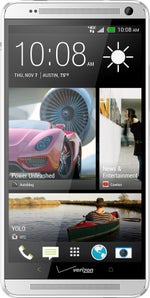




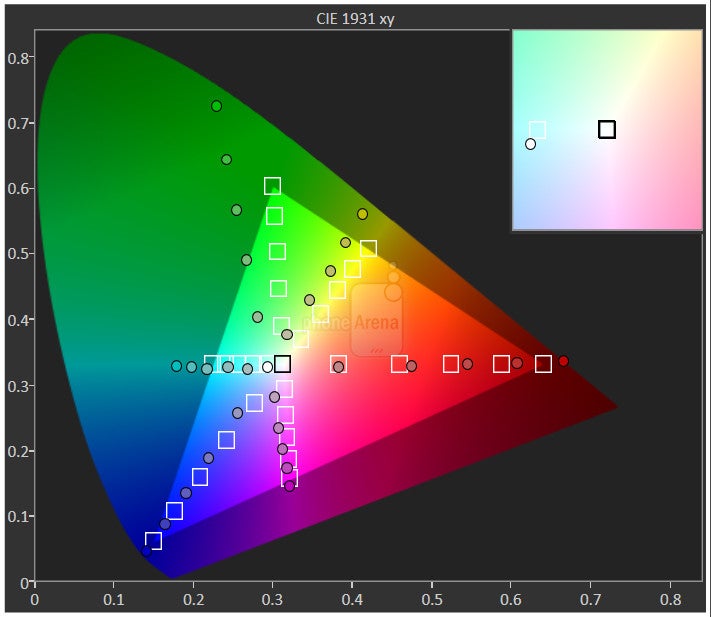






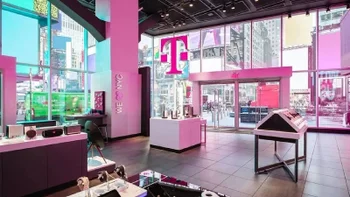
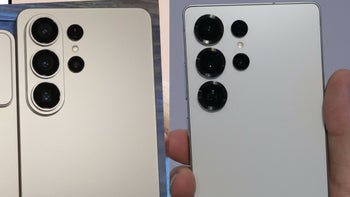


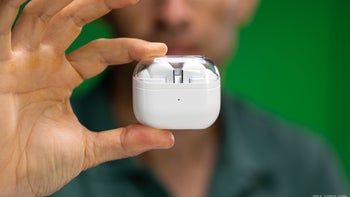

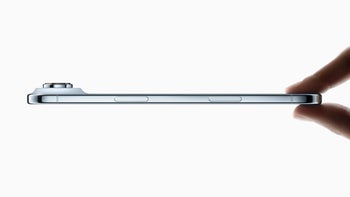
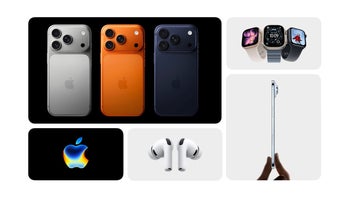

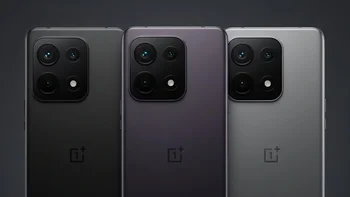
Things that are NOT allowed:
To help keep our community safe and free from spam, we apply temporary limits to newly created accounts: